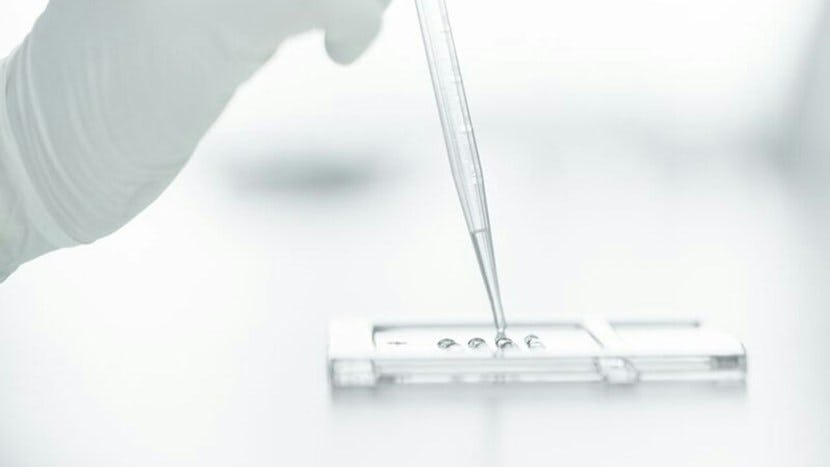ORF Genetics bypasses entirely the use of bacteria and the use of animal or human cells, resulting in endotoxin-free, animal component free (ACF) growth factors that provide increased precision and reproducibility, time and resource efficiency, and smoother transfer of an already established stem cell culture protocol from pre-clinical experiments to clinical trials.
Endotoxin is a lipopolysaccharide (LPS) in the outer membrane of gram-negative bacteria like E. coli, where it serves as a major structural component. Endotoxin is continuously being shed into the environment, not only upon cell death but also during cell growth and division.
Since E. coli-based production systems are the most commonly used expression systems for recombinant proteins, endotoxin contamination of commercially available growth factors, as well as of various other biologically active substances for cell culture applications, has long been a considerable problem for researchers and manufacturers.

Endotoxin contamination is hard to avoid completely during production of biological materials, which makes all biological products derived from E. coli a potential source of endotoxin.
Studies show that endotoxin contamination currently accepted in E. coli produced growth factors (1 EU/μg or 0,1 ng/μg), can affect cell cultures. This means that even small lot-to-lot fluctuations in endotoxin contamination will have varying and unpredictable effect on cells in culture and experimental results. Therefore, applying endotoxin-free growth factors leads to increased precision, increased reproducibility, time and resource efficiency, and smoother transfer of pre-clinical experiments to clinical trials.